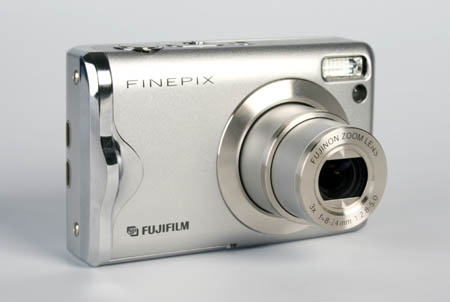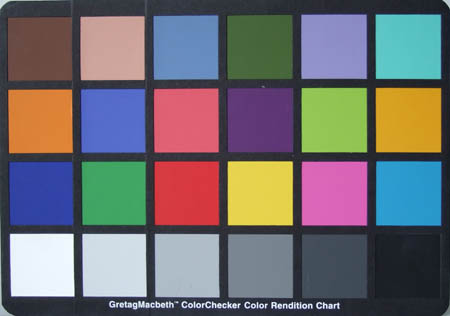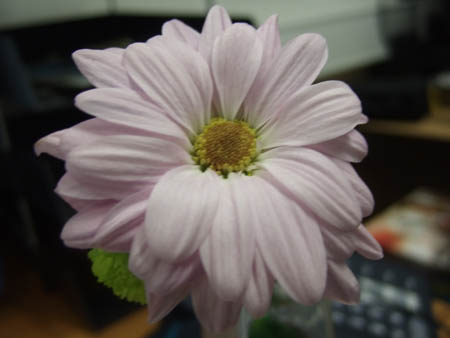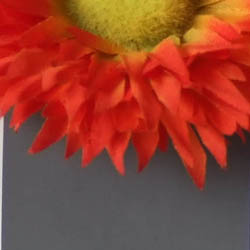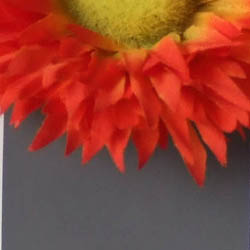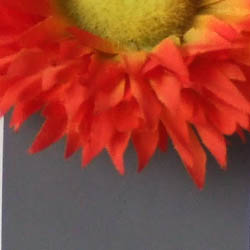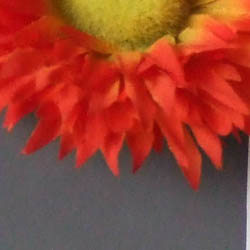With Fuji’s Real Photo Processor II technology and Intelligent flash system, as well as Anti-Blur Picture Stabilisation and an attractive outer packaging, you get a lot for your money with the Fuji F20.
- Sensor: CCD – 6.3Mp
- Image Size: 2848 x 2136
- Optical Zoom : 3x
- Lens range: 36-108mm, f/2.8-f/8.0
- Focusing: TTL Auto
- Macro: 5cm
- White Balance : Auto, Custom, Fine Weather, Cloudy weather, Florescent Light 1, 2 and 3, Incandescent
- ISO Range: Auto (400), Auto (1600), 100, 200, 400, 800, 1600
- Exposure: Program AE, SP, AP
- Shutter speed: 4-1/2000sec
- Metering: 256 multi-zone TTL, Average (zone), Spot
- Monitor: 2.5in. TFT LCD (150k pixels)
- Movie Mode: Yes
- Scene Modes: Auto, Manual, Natural Light, Natural Light with flash, Portrait, Landscape, Sport, Night, Fireworks, Sunset, Snow, Beach, Museum, Party, Flower, Text
- Storage: xD Picture Card
- Batteries: Li-ion Battery Pack
- Video Output: Yes
- Size/Weight: 94 x 57 x 27 mm – 150g
- Transfer: USB
Competitors within a similar price range to the F20 include the Samsung Digimax S730 (£105), the Panasonic Lumix DMC L560 (£95) and the Kodak Easyshare C653 (£99).
Modes and features 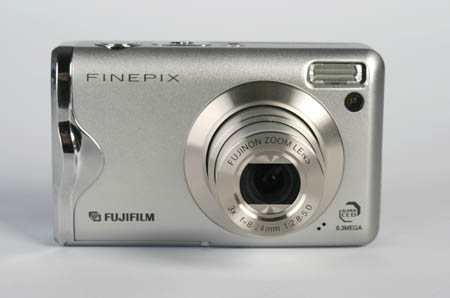
The F20 has five ISO settings ranging from 100 to 1600 and various scene modes. Aside from the automatic settings, (Auto, Natural Light, Natural Light with flash, Portrait, Landscape, Sport and Night) there are several scene modes which consist of Fireworks, Sunset, Snow, Beach, Museum, Party, Flower and Text. All the scene modes are pre-programmed in order to get the best results when shooting in specific conditions. The choice of white balance settings is also quite extensive and include Auto, Custom, Fine Weather, Dull Weather, three florescent light settings and Incandescent (tungsten) light. There is also the option of Anti-Blur Picture Stabilization, which involves the use of a fast shutter speed anf Auto ISO for action shots to avoid blur and camera shake, rather than being a more expensive CCD-shifting mechanism. Other features are the inclusion of Fuji’s Real Photo Processor II technology, designed to reduce noise and deliver enhanced colour reproduction, as well as their Intelligent Flash System to achieve the optimum combination of high sensitivity and natural skin tones. Macro mode functions as close as 5cm and the options here are simply macro on or macro off. There is also a self-timer mode which gives a choice of a two or 10 second self-timer and an unusual, at this price point, but useful function, which allows the user to adjust the brightness of the LCD screen.
There’s a shortcut menu button called the F-mode and here are ISO options, Quality settings and FinePix colour options which include a choice of Standard, Chrome or Black and White images. I can’t really understand why two of these options are listed seperately to the the main (shooting) menu, though, and it seems it may have been better to put these functions with the rest. Disappointlingly, the items that appear on the F-mode button can’t be customised. In the shooting menu there are the Mode options, Exposure Compensation settings, Metering options, White Balance menus, High-Speed Shooting function, continous shooting, AF mode menu and the set-up menu.
Build and handling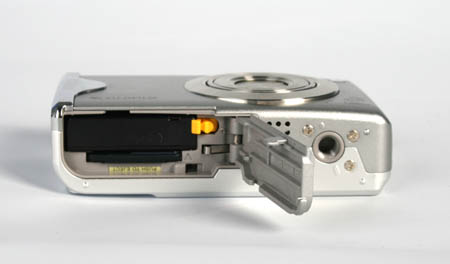
Located on the top of the camera are the power button, shutter release and still image to video switch. On the rear side of the camera is the zoom rocker, playback button, joypad, display options, anti- blur button and the F-Mode menu. Underneath are the battery and card compartments which are easily accessible, and to the side are the AV out/DC in connections.
Contrary to the what the price may suggest, the F20 doesn’t feel cheap at all, and the overall design and build of the camera are high quality and quite appealing.
The functions and menus are easy to use, but I wasn’t impressed by the F-mode menu button as described earlier.
Flash options
Flash options of the Fuji F20 are Auto flash, Red Eye Reduction for portraits in low light conditions, Forced Flash, Supressed Flash, Slow Synchro plus Synchro with Red Eye Reduction. The working range of the flash is 6.5m which is pretty good for a compact.
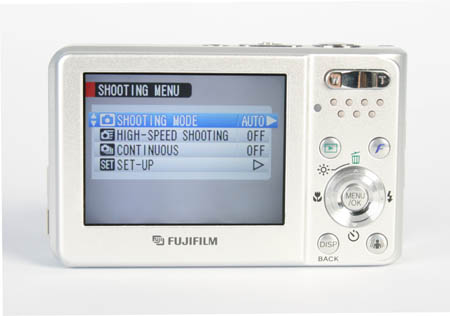 Performance
Performance
The auto focus of the F20 is reasonably good, kicking in almost immediately, and for subjects with less detail, within a few seconds. In the continuous shooting mode test, the F20 was capable of producing five shots within the 10 second test period, and was ready to fire again after three seconds, which is reasonably good for a compact. In the colour checker test, the blues were a lot brighter than they are in the chart, which is almost always the case with compacts, and so the resulting colour mixes were also a slightly different shade. The reds and the greens though, were impressively accurate, as were the oranges, browns and the skin tone colours. The Macro mode functions as close as 5cm and gives a good qulaity close up with lots of detail in the petals and the centre of the flower.
The portrait shot taken in manual mode is also accurate with plenty of details in the eyes, skin and other areas of the picture. The shot taken in portrait mode also retains a good amopunt of detail, but also makes the skin appear softer and gives a warmer tone, smoothing out lines and imperfections in the process. The landscape shot has mild colour fringing in the areas around the trees, but overall the shot is of good quality and colour rendition is reasonably accurate.
 The F20 zoomed out at wide-angle. |
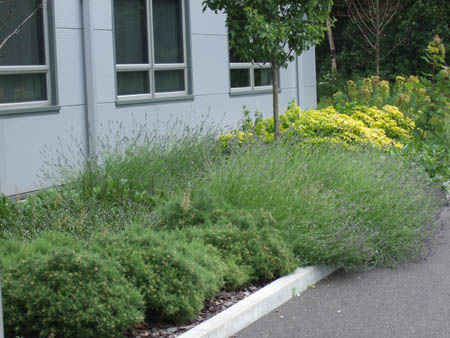 The camera’s 3x zoom gives a good amount of detail and a high quality result. The camera’s 3x zoom gives a good amount of detail and a high quality result. |
Noise tests
In ISO ranges 100-400 the quality of the image is good, and there is plenty of detail. By ISO800 some noise is starting to appear and the image is becoming slighty fuzzy, and at ISO1600 the noise is clearly visible and all parts of the picture are grainy, but no more than you would expect for such a high ISO setting.
|
|
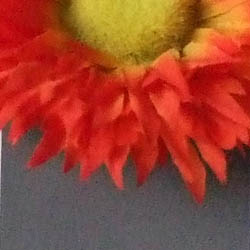 The ISO1600 test. |
Verdict
For a budget price camera, the Fuji F20 scored well on all accounts. Images are clear, retaining good detail, and, with the exception of the blues, the rendition of colours in the colour chart test were impressively accurate. The build of the camera is good and the design is stylish, not at all what you would expect from a lower-priced camera. ISO tests showed that while there was a lot of noise and detail loss in the highest setting, lower settings were acceptable, and remained relatively clear. Additionally, the F20 is easy to use, and an ideal starter camera for any newcomers to digital photography.
Plus points: 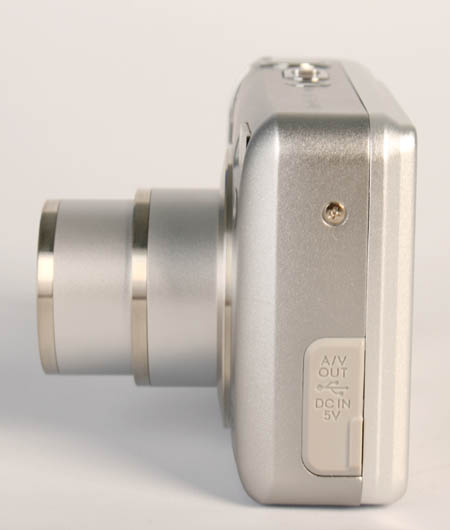
![]() Much better build quality than expected
Much better build quality than expected![]() Attractive, good quality design
Attractive, good quality design![]() Accurate colour rendition of reds and greens
Accurate colour rendition of reds and greens
Negative points:![]() Function button can’t be custom configured
Function button can’t be custom configured
FEATURES:![]()
HANDLING: ![]()
PERFORMANCE:![]()
OVERALL:![]()
The Fujifilm Finepix F20 costs around £105 and is available from the ePHOTOzine shop here.
All product images in this review were taken with the Canon EOS 400D.
